
16 minute read
EVENTS
INTERNATIONAL DAY OF THE ICELANDIC HORSE
MAY 1 The Icelandic horse we all know and love has its very own international day on May 1. Celebrate the small but mighty equine, its importance in Iceland and its uniqueness in the world by going on a riding tour, watching a horse parade or by visiting some of the stables throughout the country opening their doors to visitors to mark the occasion.
DESIGN MARCH
MAY 4-8 Iceland’s annual celebration of design returns to make the world a more beautiful and inspiring place for four days. The festival brings together participants and guests with progressive design and innovation, showcasing the best of Icelandic design across a seemingly endless spectrum of genres. Pop-ups, showcases, exhibitions and DesignTalks will be happening all over the city. Find the full schedule of events at DesignMarch.is.
TREVOR NOAH
MAY 6 South African comedian Trevor Noah will finally perform in Reyjkavík after the pandemic forced the cancellation of his 2020 gig. The host of the Daily Show brings his Back to Abnormal tour to Laugardalshöll on May 6. Anyone who has watched Noah’s stand-up specials on Netflix knows they’re in for a smart, socially-conscious and uproariously funny show.
NOTABLE EVENTS
ANDREA BOCELLI
MAY 21 World-famous tenor Andrea Bocelli brings his goosebump-inducing voice to Kórinn stadium on May 21. Bocelli is renowned for bringing classical music into mainstream popularity. His album, Romanza, is one of the best-selling albums of all time, while Sacred Arias is the biggest selling classical album by any solo artist in history. Bocelli will perform with the 70-person SonfinaNord orchestra, Fílharmónía choir and special guests, including Jóhanna Guðrún. The event will be the largest seated concert in Icelandic history, with Bocelli performing some of the most famous operatic arias and his own greatest hits. Don’t forget to pack the tissue.
KHALID
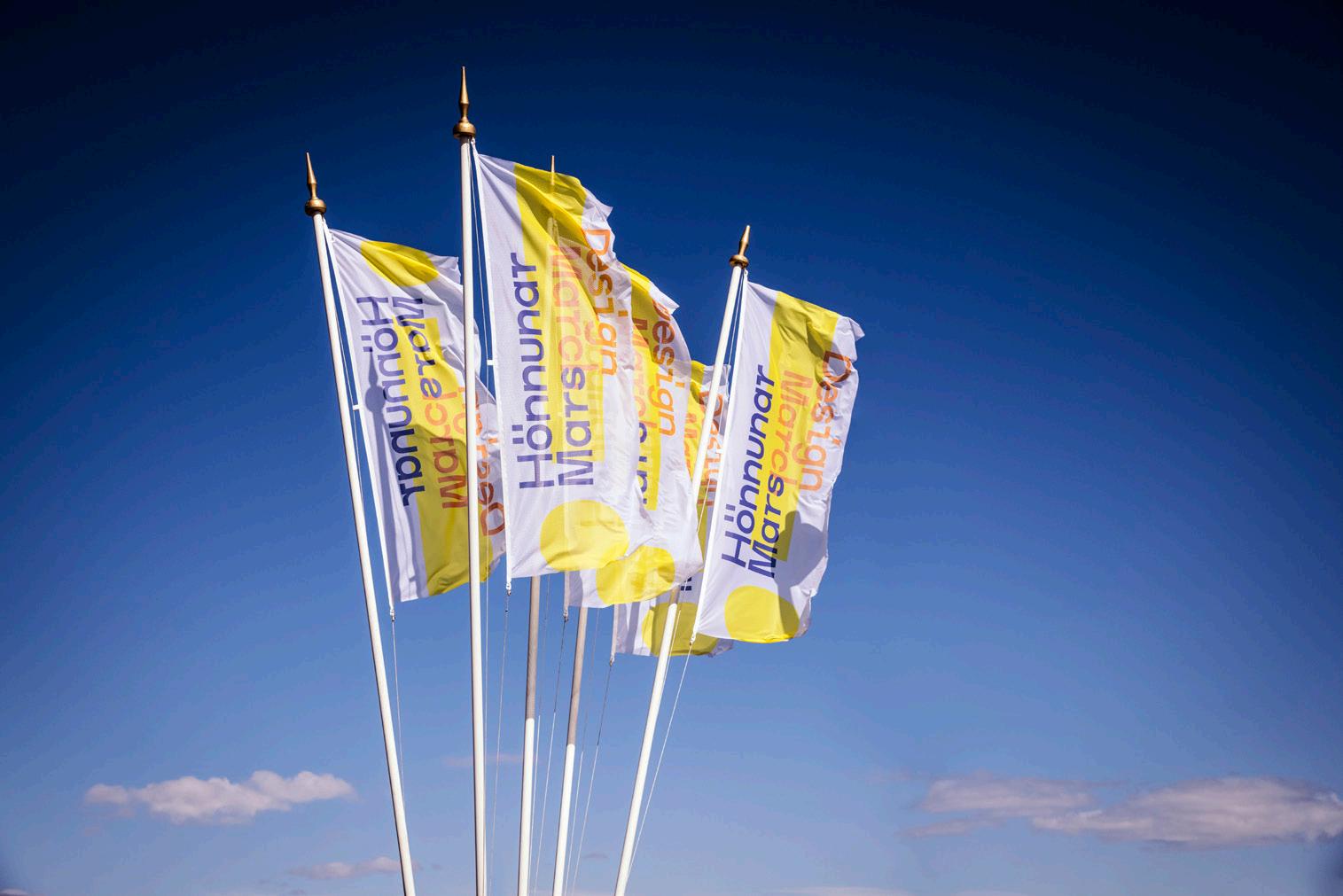
MAY 4 Platinum-selling, multi-award-winning artist Khalid will bring his sultry R&B and soul-hop sounds to Laugardalshöll, so Iceland should brace for the baby boom that’s sure to follow in February 2023. The American singer-songwriter has collaborated with the likes of Ed Sheeran, Billie Eilish and Shawn Mendes on some of his many hits. Get ready to sway.

SIGURJÓN ÓLAFSSON MUSEUM
A Story Unfolds
A variety of sculptures by Sigurjón Ólafsson, from his student years at the Royal Academy of the Arts in Copenhagen, till the year he died, 1982. Also to be seen are the sketches for some of his key works that have been enlarged and installed in public areas, e.g. Footballers (LSÓ 247) erected in Akranes, Mask (LSÓ 011) at the Reykjavík City Theater and the Viking (LSÓ 162) which Sigurjón also carved in dolerite and stands in the front of the National Gallery of Iceland.
REYKJAVIK ART MUSEUM ÁSMUNDARSAFN
Rósa Gísladóttir and Ásmundur Sveinsson: Spatial Infractions
Ásmundur Sveinsson (1893-1982) pioneered sculpture in Iceland and introduced novel ideas to his compatriots in the 20th century. During this exhibition, contemporary sculptor Rósa Gísladóttir presents her own art in a conversation with the work of Ásmundur Sveinsson. The exhibition aims to offer new insight into Ásmundur’s heritage along with introducing new works by Rósa Gísladóttir to viewers.
AURORA REYKJAVÍK
Catch the Aurora Borealis All Year Round
There is perhaps nothing more magical than witnessing the beauty of a northern lights display. However, those unpredictable, ever dancing lights don’t always show up on cue – and fade away during the summer months. So, it is with great joy that we welcome Aurora
Aurora Reykjavík Spatial Infractions

Reykjavík – The northern lights center, where the northern lights are always on display.
Aurora Reykjavík’s pull and ace up its sleeve is its fantastic 4k timelapse film of the Aurora Borealis.
Aurora Reykjavík’s latest addition are virtual reality goggles featuring the world’s first 360° movie of aurora displays entirely shot in Iceland. If you can’t catch the northern lights yourself, this utterly realistic experience is definitely the next best option to witness the beauty of this truly amazing phenomenon.
Capturing the northern lights with your own camera can be challenging, but, at Aurora Reykjavík, you get taught by the experts: bring your camera and try the right settings at the Northern Lights Photo Simulator.
In the exhibition you will find an entertaining selfie booth – have fun looking all fabulous under the northern l ights!
For more information, see www.aurorareykjavik.is.


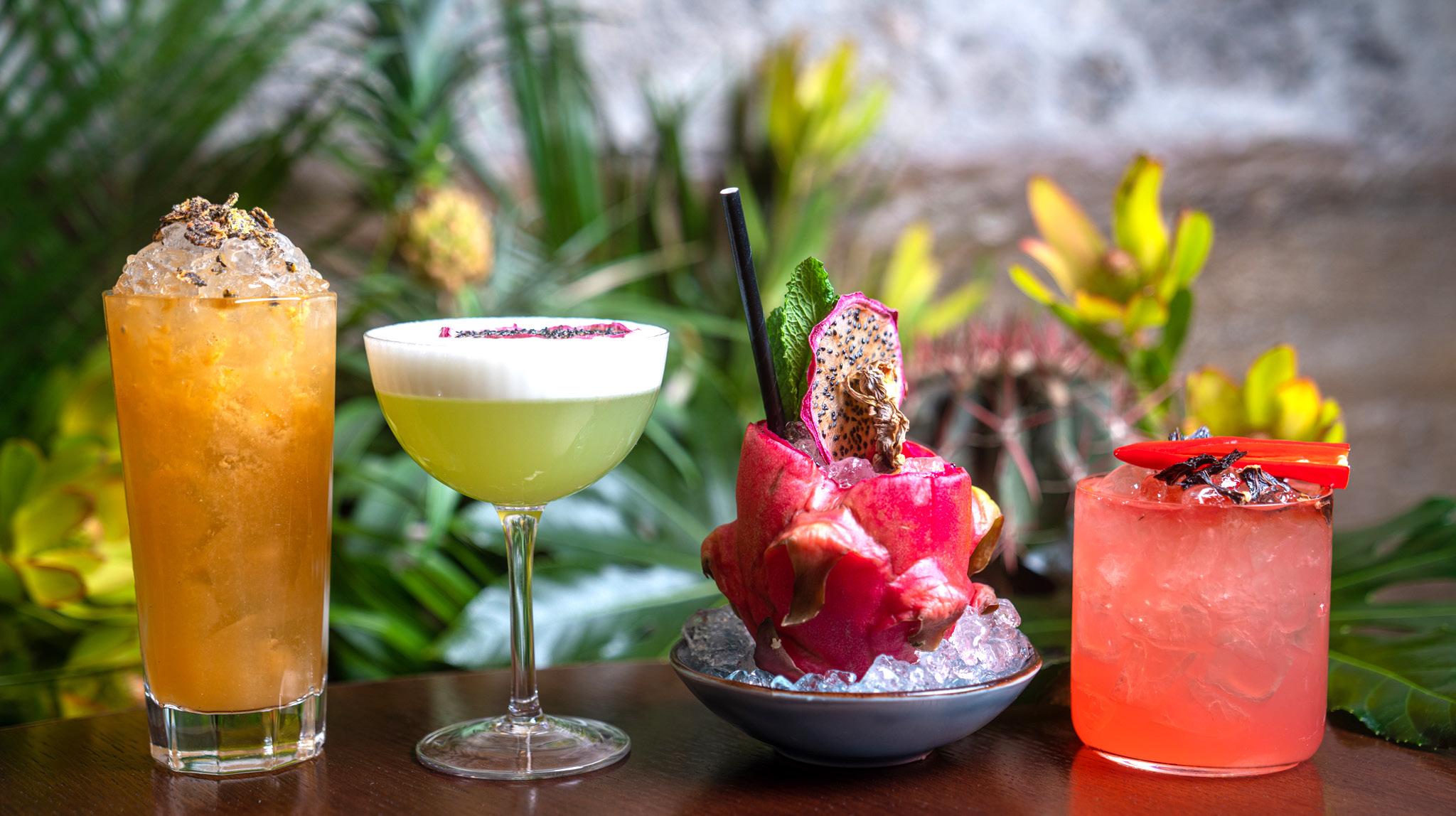

ÁSGRÍMUR JÓNSSON COLLECTION
A Window in Reykjavík – Ásgrímur Jónsson’s house
The exhibition A Window in Reykjavík comprises a selection of works by Ásgrímur Jónsson. The common feature of these works is that they relate to the artist’s surroundings in Reykjavík. The works form part of the collection of the National Gallery of Iceland; Ásgrímur Jónsson bequeathed to the Icelandic nation all his works of art, along with his home and studio at Bergstaðastræti 74, Reykjavík.

Ásgrímur Jónsson (1876–1958) is one of the pioneers in the history of Icelandic art; he was the first Icelandic painter to make a career in art. The view from the window of Vinaminni, where he first lived on his return to Iceland, became a favourite motif for him, with its vista of Reykjavík Harbour and Mt. Esja across the bay. The view to the south from the skylight of his studio at Bergstaðastræti would later also inspire him. Watercolour was an appropriate medium for capturing the quality of the light over the waters of Skerjafjörður and the houses on Laufásvegur. Ásgrímur’s life and oeuvre span a long period of Iceland’s history – a time when the old rural society was starting to decline and Reykjavík
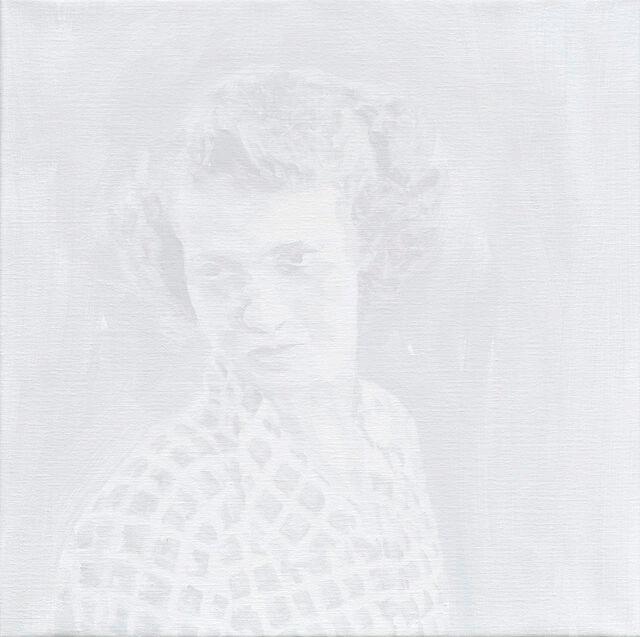
Birgir Snæbjörn Birgisson was growing from a town into a city. Many of Ásgrímur’s paintings from Reykjavík, painted in the first half of the 20th century, depict a peaceful little town where houses cluster along the ocean shore; yet they also show economic activity, such as workmen building roads as the new urban society evolves.
NATIONAL GALLERY OF ICELAND
Staged Moments
Until May 8 Staged Moments throws light on one of the most diverse divisions of the National Gallery of Iceland collection – the photograph. The works span the period from the 1970s to the present day. Photography’s status as an art form has risen greatly in recent decades; in the past the photograph was not recognised as a legitimate work of art, due to its quality of reproducibility, which was seen as inconsistent with the principle of the unique and sublime in the arts. In Iceland, the use of photographs by conceptual artists in the 1960s and 70s may be said to have led to the medium being appreciated as an Ásgrímur Jónsson
art form. Staged Moments testifies to the way that photography has flourished as an art over the past fifty years, establishing the photograph as an art form on equal footing with other, older-established art media. Today photography is respected as a multifarious medium in a state of constant evolution, that has considerably expanded the bounds of contemporary art.
Birgir Snæbjörn Birgisson: Careless Whispers
Careless Whispers comprises paintings by Birgir Snæbjörn Birgisson, made between 2015 and 2022. Birgir’s work addresses political, social and historical issues in the present day. He expertly combines sensitivity, tenderness and the sober content of his work, and the colours in the paintings almost seem to be fading and vanishing, which beckons the viewer to them. Birgir’s approach is delicate, almost whispering and heightens the senses. The earnest, murmured narrative conjured up by Birgir compels the onlooker to use critical thinking, by unveiling the innocent character and all the gentleness that emanates from Birgir’s works.


Margrét H. Blöndal: Ode to Join
From May 21 Margrét H. Blöndal’s exhibition Ode to Join comprises drawings made with oil and powdered pigments, plus three-dimensional pieces created directly onto the exhibition venue as a response to the space. Movement arises from partitions to be installed in the space, the placement of the works and the relationship between them.
From May 21 Ingunn Fjóla Ingþórsdóttir’s installation The Only Constant is Change bears an element of familiarity as the artist revisits and combines components from former works in a new manner. The multifaceted piece conforms to its own inner operating system on one hand and the presence of guests on the other, disguising the starting point of motion.
REYKJAVIK ART MUSEUM KJARVALSSTAÐIR
Jóhannes S. Kjarval: In Icelandic Colours
Until May 8 The exhibition seeks to cast a light on colour in the works of Jóhannes Kjarval (1885-1972) and explore his use of colour. He used diverse colours in his work – weather and light determined his choice of colour in his landscapes, and
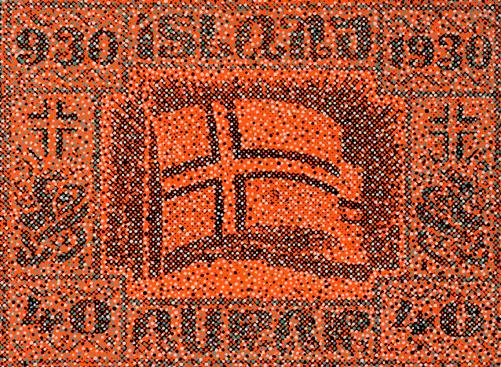
Birgir Andrésson in fantasies and other works the artist’s personal feeling and vision was in charge. Sharp colours, purple, pink and gold are among those you find in many of Kjarval’s works. He either laid the paint on really thin or squeezed thick paint directly from the tube onto the canvas. In this exhibition, the works are selected to reflect Kjarval’s liberal use of colour and the flow of ideas and expression in his art.
When Kjarval was growing up and experimenting, he used calf blood, soot, ink and wool dye when he couldn’t get his hands on other things or paint. During his study years, first in Reykjavík and later in Denmark, and as he travelled and saw more of international art, his use of colour changed and developed. The exhibition bears the title In Icelandic Colours and is dedicated to artist Birgir Andrésson (19552007) who in his career created numerous works in colours that he defined as Icelandic and tagged them with a colour code and the Jóhannes S. Kjarval
word “Icelandic” in front. The colours defined by Birgir were those he thought common in the nation’s visual heritage.
Birgir Andrésson: As Far as the Eye Can See
Until May 15 As Far as the Eye Can See is a varied and extensive overview exhibition of the works of visual artist Birgir Andrésson (1955-2007) that takes over Kjarvalsstaðir. Birgir Andrésson was a leading force in Icelandic art for more than thirty years, and died long before his time. Birgir searched the well of Icelandic culture, stories, traditions and the nation’s handwork for inspiration. He drew elements from these sources and presented them in a uniquely informed way in works that secured his place in Icelandic art history and drew admiration from the international art scene. This exhibition gives insight into the artist’s influential career and connects his works not only to the local art scene, but to contemporary art internationally.

More than a hundred works are displayed, including those from the collection at Reykjavík Art Museum, The National Gallery of Iceland, The Living Art Museum and The Metropolitan Museum in New York, and from private collections.
THE NATIONAL MUSEUM OF ICELAND
The National Museum of Iceland’s permanent exhibition, Making of a Nation – Heritage and History in Iceland, is intended to provide insight into the history of the Icelandic nation from the settlement to the present day. The aim is to cast light on the Icelanders’ past by placing the cultural heritage preserved by the National Museum in a historical context, guided by the question: what makes a nation? The exhibition includes about 2,000 objects, dating from the Settlement Age to the present, as well as about 1,000 photographs from the 20th century. The exhibition is conceived as a journey through time: it begins with the ship in which medieval settlers crossed the ocean to their new home, it ends in a modern airport, the Icelanders’ gateway to the world.
Vassilis Triantis Roses grew on the snow
Until May 5 Roses grew on snow is an exhibition of Vassilis Triantis’ photographs. The exhibition contains photographs by Triantis himself and photos from the family album of his parents in law, Ásta and Gústi, who for a long time grew roses in the village Laugarás in South Iceland. The exhibition is an homage to the life and work of the couple and reflects on memories of roses that grew in the snow.
Marino Thorlacius: Straumnes
Until May 5 Straumnesfjall mountain rises between Aðalvík to the south and Rekavík to the north, now within Hornstrandir Nature Reserve in the Westfjords. During the cold war the US army erected a radar station on the mountain, which it operated for only three years, between 1958 and 1961. In 1991 the mountain and its surroundings were cleared of the ruins in a cooperation between the US army and Icelandic authorities. Nonetheless, clear traces of this operation are still visible on the mountain.
The photographer Marino Thorlacius photographed the area in 2015 and again in 2019 and shares his vision of what remains of the radar station at this remote place. Making of a Nation
The sublime natural beauty and the ever-changing weather offer a backdrop to the photographs depicting relics of bygone times. When the lingering fog lifts and light clears the view over the level mountain top, concrete blocks lying around catch the eye. Debris of timber and iron that lies half buried at the edge of the mountain bears witness to a story of the station being bulldozed over the edge. Do these scattered remains denote a pollution disaster, or are they cultural heritage?

ÁRBÆR OPEN AIR MUSEUM
Árbær was an established farm well into the 20th century, and the museum opened there in 1957. Árbær is now an open air museum with more than 20 buildings which form a town square, a village and a farm. Most of the buildings have been relocated from central Reykjavik.Árbær Open Air Museum tries to give a sense of the architecture and way of life and lifestyles of the past in Reykjavík and during summer visitors can see domestic animals. There are many exhibitions and events held at the Museum which highlight specific periods in Reykjavik’s history. These include craft days, vintage car displays, Christmas exhibitions and much more. There is something for everyone at Árbær Open Air Museum.
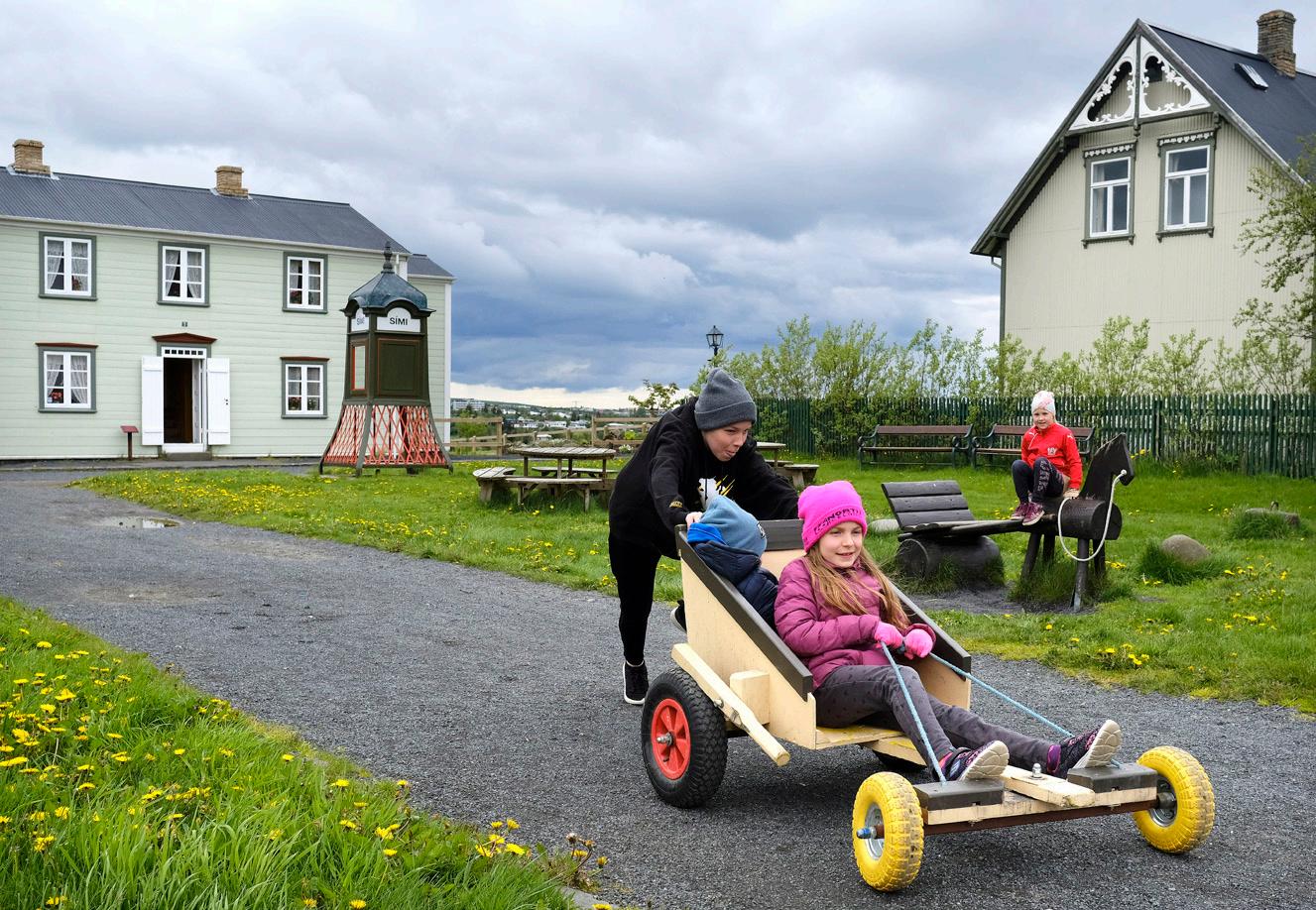
EINAR JÓNSSON MUSEUM
This is a museum in the heart of Reykjavík that houses the work of Iceland’s first sculptor Einar Jónsson. The museum contains close to 300 artworks spanning a 60-year career: carvings from the artist’s youth, sculpture, paintings and drawings. A beautiful tree-clad garden adorned with 26 bronze casts of the artist’s works is located behind the museum. The task of the museum is to collect, preserve and display the work of Einar as well as to conduct research on his life and art.

THE SETTLEMENT EXHIBITION
The Settlement Exhibition
An open excavation where Viking ruins meet multimedia technology. Árbær Open Air Museum
Just below ground in downtown Reykjavík, this open excavation uncovers the city’s Viking Age history. Discovered during building work in 2001, these archaeological remains turned out to be the earliest evidence of human settlement in the city, with some dating to before AD 872. Careful excavation revealed a 10th-century hall or longhouse, which is now preserved in its original Einar Jónsson Museum
location as the focal point of the exhibition. Interactive technology immerses you in the world of the Reykjavík farm at the time of the first settlers, including information on how Viking Age buildings were constructed and what life was like in the hall. The Settlement Exhibition is part of Reykjavík City Museum.
REYKJAVIK MUSEUM OF PHOTOGRAPHY
Press Photographs of the year 2021
Press photographs of the year is an annual exhibition held by The Icelandic Press Photography Association.The photographs are divided into seven categories: news, daily life, sports, portraits, environment, and editorial. In each category, the jury chose the best photo or series and one image from these categories was selected as the picture of the year.
REYKJAVIK ART MUSEUM HAFNARHÚS
Erró: The Power of Images
Erró is one of the few Icelandic artists who has gained a foothold in the international art scene. The Power of Images is a comprehensive overview of the artist’s colourful career that has made use of various media in the visual arts. Within it you will find everything from performances, video works, graphics, multiples and collages, to larger works in public spaces and paintings of all scales. All have helped to earn his place in the art history of Europe. Here presented, is the most extensive exhibition that has been realized of the artist’s works in Iceland. The exhibition The Power of Images reflects Erró’s remarkable career and is based upon the artist’s donation of his art to the City of Reykjavík. It is installed across Reykjavík Art Museum – Hafnarhús, with more than 300 artworks of various kinds, as well as, photographs and other information about the artist exhibited Þorkell Þorkelsson
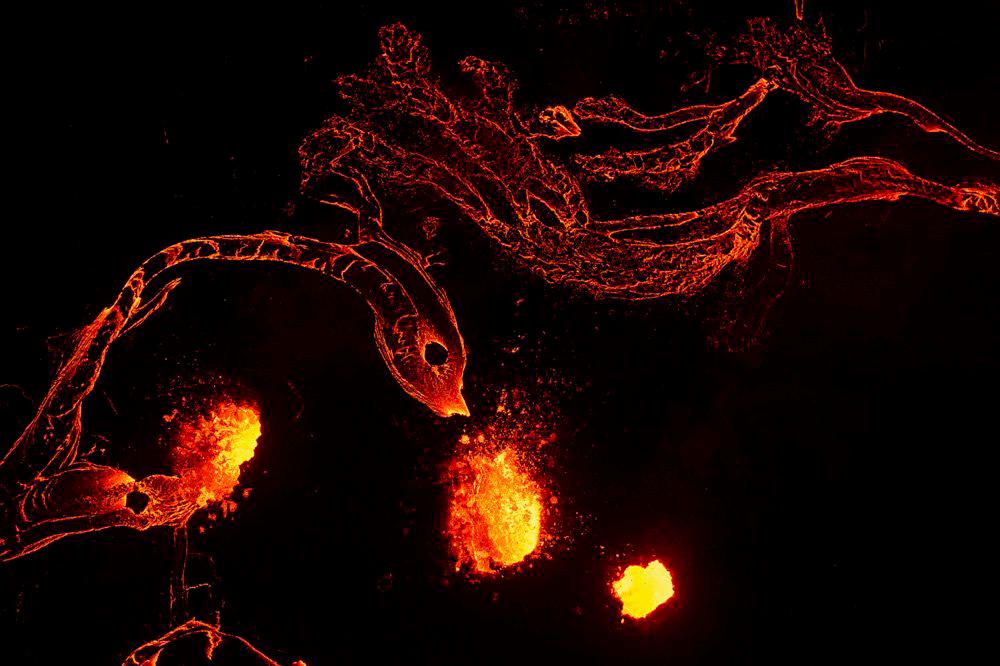

Erró
Fish • Lamb • Whale • Icelandic cuisine with a twist Icelandic music and nightlife Mix with the locals ...and all the Icelandic beers in one awsome place!
INGÓLFSSTRÆTI 1A 101 REYKJAVÍK
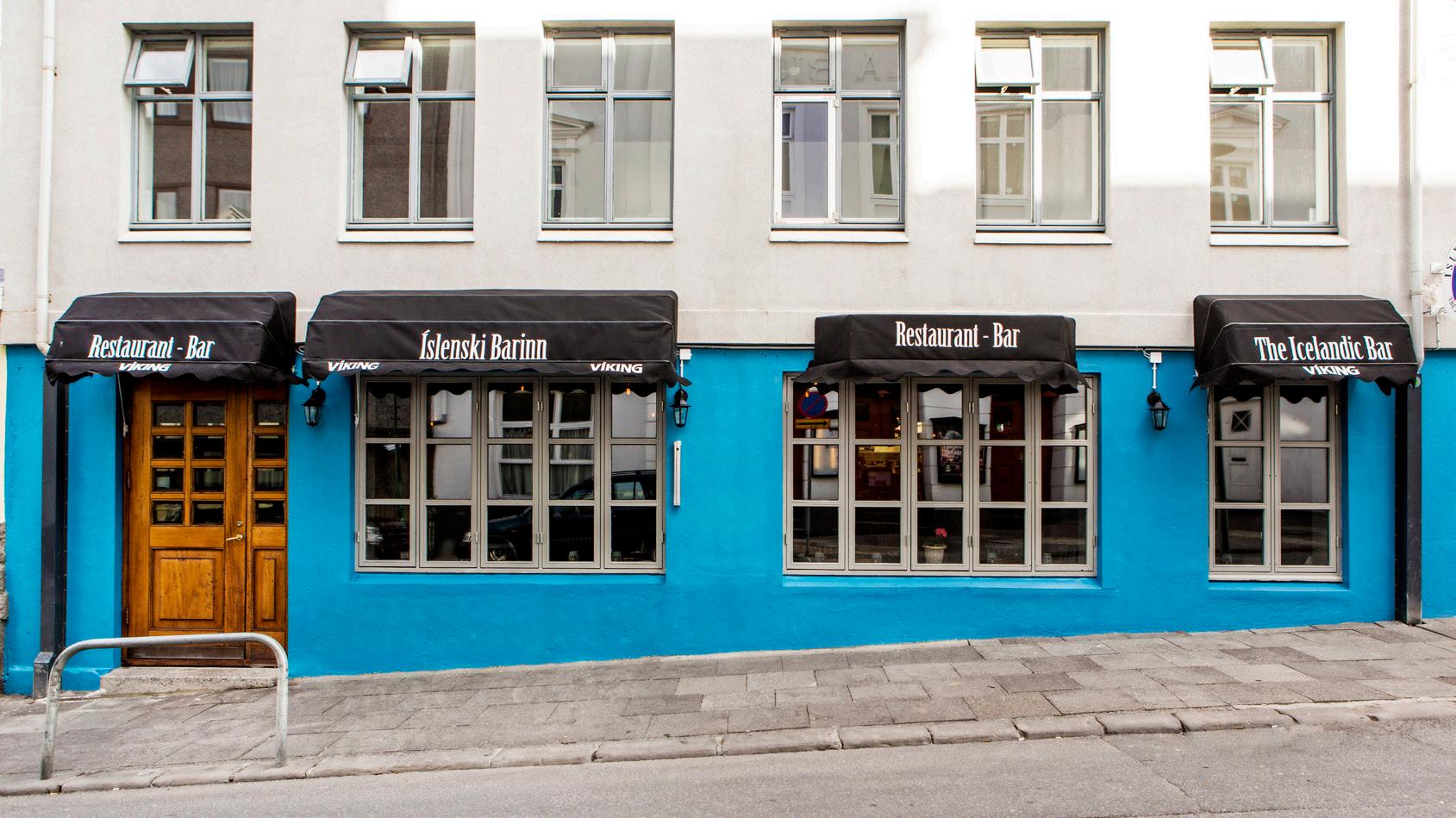
www.islenskibarinn.is postur@islenskibarinn.is sími: 517 6767

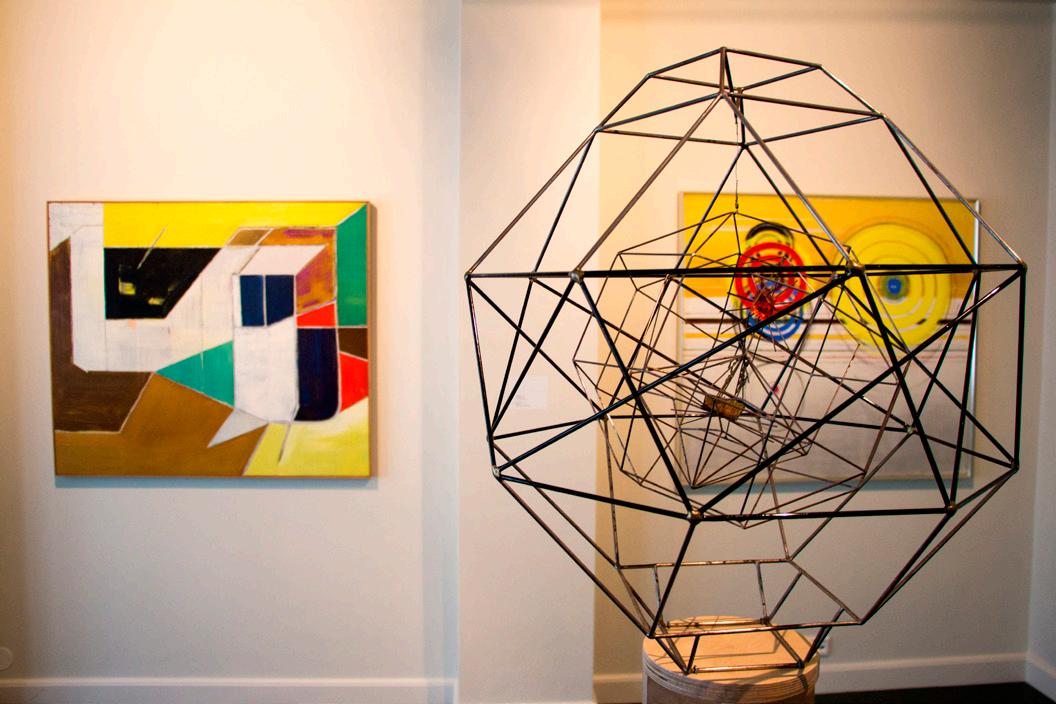
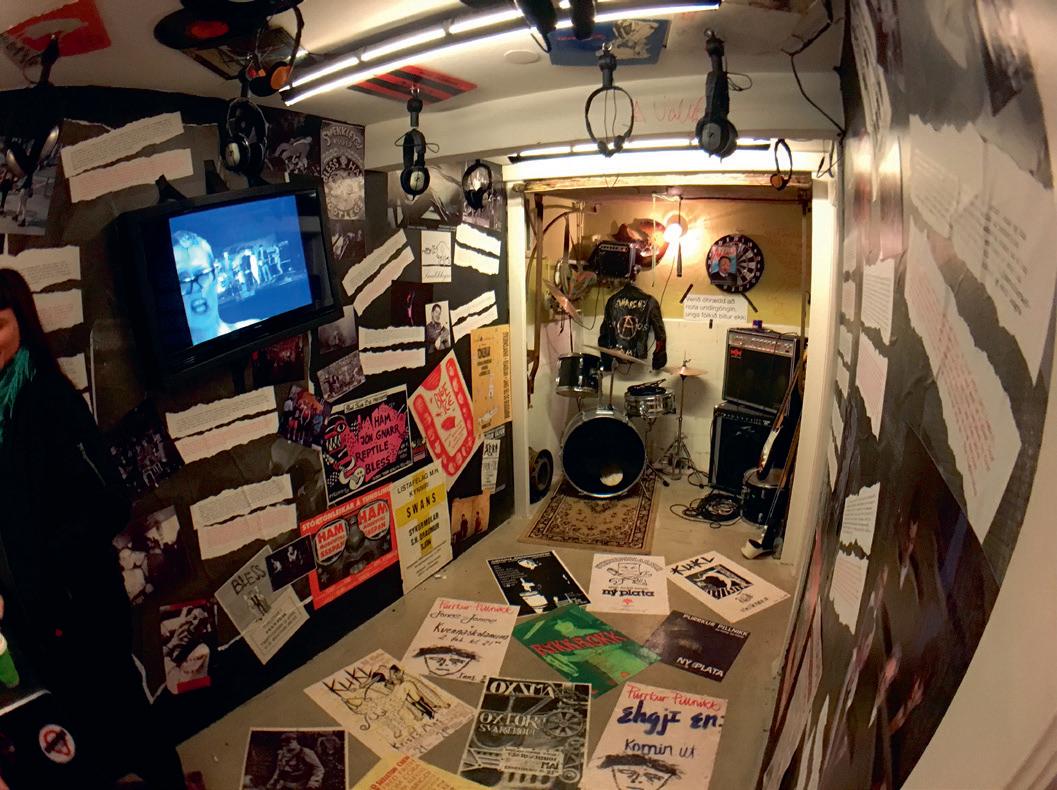
THE ICELANDIC PUNK MUSEUM
The Icelandic Punk Museum is located at Bankastræti 0, an underground location that served as public toilets from 1930 to 2006. The museum honours the music and the spirit that has shaped musicians and bands to this day; people who dared to be different. Objects, photographs, videos, posters, etc. from roughly 1978 to 1992 are on display with texts in Icelandic and English, and the main music from the period is available to guests.
CULTURE HOUSE
National Treasures
The National Gallery of Iceland’s collection contains over eleven thousand works. In the exhibition Treasures of a Nation, a selection of works from the collection displays the evolution of art in Iceland from the early nineteenth century to our times.
Punk Museum
MUSEUMS & EXHIBITIONS
Culture House

Welcome to Jómfrúin, the home of Danish smørrebrød in Reykjavik. It all began in 1888 with Oscars Davidsen’s highly praised smørrebrød restaurant in Copenhagen. An unbroken tradition of quality and Danish culinary culture for the past 100 years. Enjoy!





